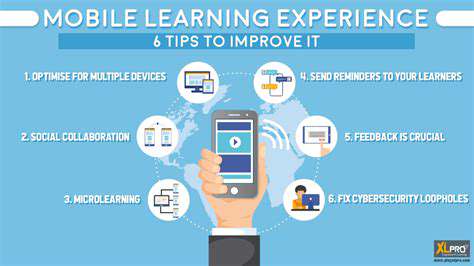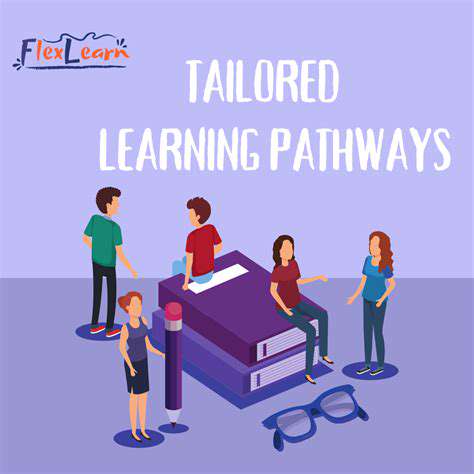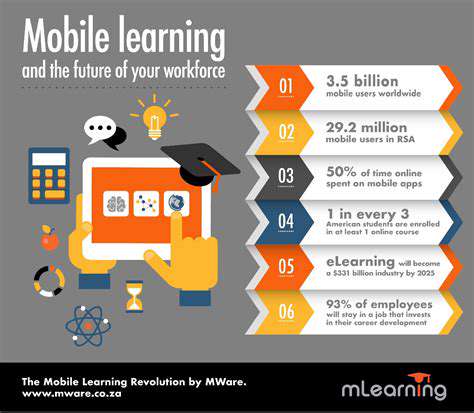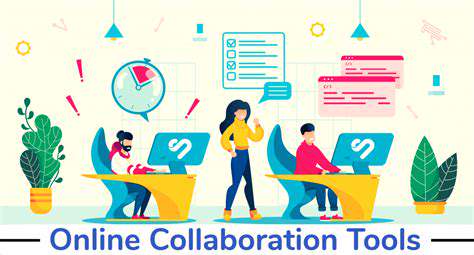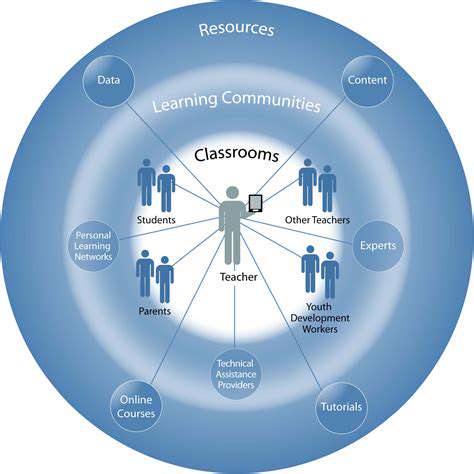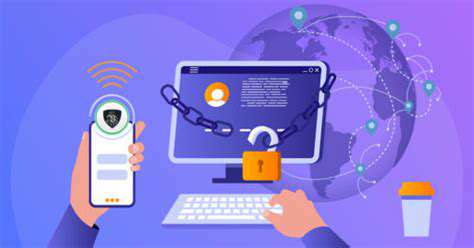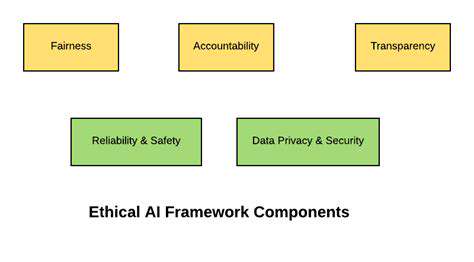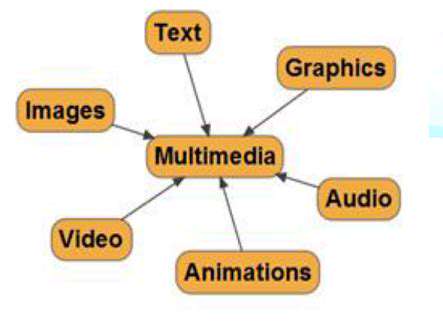The Parent's Guide to Navigating EdTech Tools
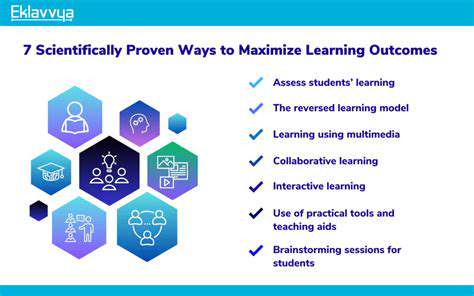
Navigating Potential Obstacles in EdTech Integration
Bridging the Technology Access Gap
The digital divide presents one of the most pressing challenges for modern education. Many families struggle with inconsistent internet access, outdated devices, and varying levels of technological familiarity. These disparities can significantly impact a child's ability to benefit from digital learning tools, potentially reinforcing existing educational inequalities. Recognizing these barriers is essential for parents to effectively advocate for their children's educational needs.
Practical steps parents can take include conducting a thorough assessment of their home technology setup. This goes beyond simply owning a device - it involves evaluating internet reliability, connection speeds, and the availability of technical support. Additionally, parents should observe how comfortably their child interacts with digital interfaces and identify areas where they might need guidance or additional training.
Balancing Digital Engagement and Real-World Connection
Managing screen time effectively requires more than setting arbitrary limits. It involves developing a comprehensive strategy that acknowledges technology's role in modern education while preserving essential offline experiences. Establishing clear household guidelines that differentiate between productive and recreational screen use can help maintain this balance.
Consider implementing structured routines such as designated tech-free times or creating specific physical spaces for digital learning. These measures help children develop self-regulation skills while ensuring technology enhances rather than dominates their learning experience.
Protecting Digital Privacy in Learning Environments
As educational platforms collect increasing amounts of student data, privacy concerns become more pronounced. Parents should develop the habit of thoroughly reviewing privacy policies and terms of service before allowing children to use educational applications. Understanding data collection practices and retention policies is crucial for safeguarding sensitive information.
Regular conversations about digital citizenship help children develop critical awareness about online safety. Topics should include appropriate information sharing, recognizing suspicious online behavior, and understanding digital footprints. Collaborating with schools to understand their data protection measures creates a unified approach to student privacy.
Evolving with Educational Technology
Keeping Pace with Innovation
Staying informed about emerging educational technologies requires continuous engagement. Rather than passively consuming information, parents should actively participate in professional learning communities and attend virtual education conferences when possible. This proactive approach helps distinguish between passing trends and genuinely valuable innovations.
Recognizing Individual Learning Preferences
Children demonstrate remarkable variation in how they interact with technology. Some students excel with gamified learning platforms, while others benefit more from simulation-based tools. Periodic observation and discussion can reveal which technological approaches resonate most effectively with your child's cognitive style. This knowledge allows for more targeted tool selection.
Assessing Educational Value
Evaluating edtech tools requires looking beyond surface-level features. Consider how the technology:
- Encourages higher-order thinking skills
- Adapts to different learning paces
- Provides meaningful feedback
- Integrates with existing curriculum
Embracing Continuous Change
The rapid evolution of educational technology demands flexible thinking from parents. Rather than viewing new tools as disruptions, consider them opportunities to expand learning possibilities. Modeling adaptability demonstrates to children how to approach technological change as a positive challenge rather than an obstacle.
Creating Sustainable Tech Routines
Successful integration involves establishing consistent yet flexible usage patterns. This might include:
- Scheduled tech check-ins to discuss digital experiences
- Family agreements about device usage during meals
- Designated spaces for different types of digital activities
Read more about The Parent's Guide to Navigating EdTech Tools
Hot Recommendations
- Attribution Modeling in Google Analytics: Credit Where It's Due
- Understanding Statistical Significance in A/B Testing
- Future Proofing Your Brand in the Digital Landscape
- Measuring CTV Ad Performance: Key Metrics
- Negative Keywords: Preventing Wasted Ad Spend
- Building Local Citations: Essential for Local SEO
- Responsive Design for Mobile Devices: A Practical Guide
- Mobile First Web Design: Ensuring a Seamless User Experience
- Understanding Your Competitors' Digital Marketing Strategies
- Google Display Network: Reaching a Broader Audience


